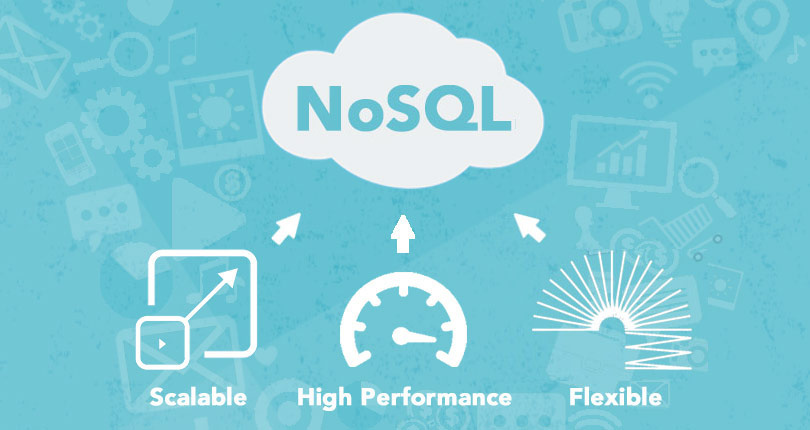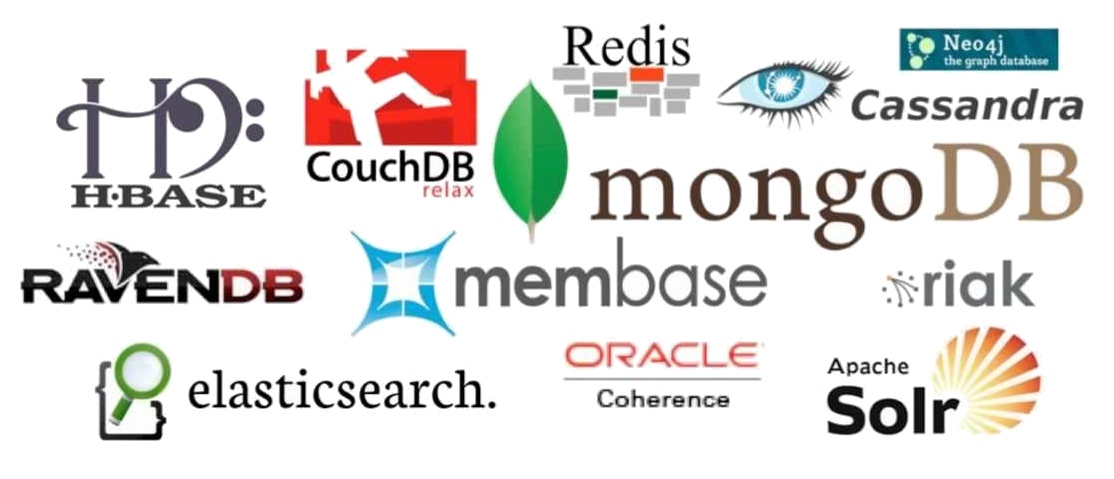
Why NoSQL Database? Adopt Digital Economy
The Shift to the Digital Economy is Driving NoSQL Adoption
The business world is undergoing massive change as industry after industry shifts to the Digital Economy. It’s an economy powered by the Internet and other 21st century technologies – the cloud, mobile, social media, and big data. At the heart of every Digital Economy business are its web, mobile, and Internet of Things (IoT) applications: They’re the primary way companies interact with customers today, and how companies run more and more of their business. The experiences that companies deliver via those apps largely determine how satisfied – and how loyal – customers will be.
How are these applications different from legacy enterprise applications like ERP, HR and financial accounting? Today’s web, mobile, and IoT applications share one or more (if not all) of the following characteristics. They need to:
- Support large numbers of concurrent users (tens of thousands, perhaps millions)
- Deliver highly responsive experiences to a globally distributed base of users
- Be always available – no downtime
- Handle semi- and unstructured data
- Rapidly adapt to changing requirements with frequent updates and new features
Building and running these web, mobile, and IoT applications has created a new set of technology requirements. The new enterprise technology architecture needs to be far more agile than ever before, and requires an approach to real time data management that can accommodate unprecedented levels of scale, speed, and data variability. Relational databases are unable to meet these new requirements, and enterprises are therefore turning to NoSQL database technology.
Enterprises are adopting NoSQL in order to address a new set of technical challenges and requirements that are the result of five major trends:
|
Digital Economy Trend |
Requirements |
|---|---|
|
#1: More customers are going online |
|
|
#2: The Internet is connecting everything |
|
|
#3: Big Data is getting bigger |
|
| #4: Applications are moving to the cloud |
|
| #5: The world has gone mobile |
|
Why relational databases fall short
Relational databases were born in the era of mainframes and business applications – long before the Internet, the cloud, big data, mobile and now, the Digital Economy. In fact, the first commercial implementation was released by Oracle in 1979. These databases were engineered to run on a single server – the bigger, the better. The only way to increase the capacity of these databases was to upgrade the servers – processors, memory, and storage – to scale up.
NoSQL databases emerged as a result of the exponential growth of the Internet and the rise of web applications. Google released the BigTable research in 2006, and Amazon released the Dynamo research paper in 2007. These databases were engineered to meet a new generation of enterprise requirements:
The need to develop with agility and to operate at any scale.
Develop with Agility
To remain competitive in the Digital Economy, enterprises must innovate – and now they have to do it faster than ever before. As this innovation centers on the development of modern web, mobile, and IoT applications, developers have to deliver applications and services faster than ever before. Speed is critical, but so is agility, since these applications evolve far more rapidly than legacy applications like ERP. Relational databases are a major roadblock to agility, since they do not support agile development very well due to their fixed data model.
Flexibility for Faster Development
A core principle of agile development is adapting to evolving application requirements: when the requirements change, the data model also changes. This is a problem for relational databases because the data model is fixed and defined by a static schema. So in order to change the data model, developers have to modify the schema, or worse, request a “schema change” from the database administrators. This slows down or stops development, not only because it is a manual, time-consuming process, but it also impacts other applications and services.
By comparison, a NoSQL document database fully supports agile development, because it is schema-less and does not statically define how the data must be modeled. Instead, it defers to the applications and services, and thus to the developers as to how data should be modeled. With NoSQL, the data model is defined by the application model. Applications and services model data as objects.
Operate at Any Scale
Databases that support web, mobile, and IoT applications must be able to operate at any scale. While it is possible to scale a relational database like Oracle (using, for example, Oracle RAC), doing so is typically complex, expensive, and not fully reliable. With Oracle, for example, scaling out using RAC technology requires numerous components and creates a single point of failure that jeopardizes availability. By comparison, a NoSQL distributed database – designed with a scale-out architecture and no single point of failure – provides compelling operational advantages.
Elasticity for Performance at Scale
Applications and services have to support an ever increasing number of users and data – hundreds to thousands to millions of users, and gigabytes to terabytes of operational data. At the same time, they have to scale to maintain performance, and they have to do it efficiently.
The database has to be able to scale reads, writes, and storage.
This is a problem for relational databases that are limited to scaling up – i.e., adding more processors, memory, and storage to a single physical server. As a result, the ability to scale efficiently, and on demand, is a challenge. It becomes increasingly expensive, because enterprises have to purchase bigger and bigger servers to accommodate more users and more data. In addition, it can result in downtime if the database has to be taken offline to perform hardware upgrades.
A distributed NoSQL database, however, leverages commodity hardware to scale out – i.e., add more resources simply by adding more servers. The ability to scale out enables enterprises to scale more efficiently by (a) deploying no more hardware than is required to meet the current load,: (b) leveraging less expensive hardware and/or cloud infrastructure; and (c) scaling on-demand and without downtime.
In addition to being able to scale effective and efficiently, distributed NoSQL databases are easy to install, configure, and scale. They were engineered to distribute reads, writes, and storage, and they were engineered to operate at any scale – including the management and monitoring of clusters small and large.
NoSQL is a better fit for Digital Economy requirements
As enterprises shift to the Digital Economy – enabled by cloud, mobile, social media, and big data technologies – developers and operations teams have to build and maintain web, mobile, and Internet of Things (IoT) applications faster and faster, and at greater scale. NoSQL is increasingly the preferred database technology to power today’s web, mobile, and IoT applications.
Hundreds of Global 2000 enterprises, along with tens of thousands smaller businesses and startups, have adopted NoSQL. For many, the use of NoSQL started with a cache, proof of concept or a small application, then expanded to targeted mission-critical applications, and is now the foundation for all application development.
With NoSQL, enterprises are better able to both develop with agility and operate at any scale – and to deliver the performance and availability required to meet the demands of Digital Economy businesses.
Source: https://www.couchbase.com/resources/why-nosql
Sorry, the comment form is closed at this time.
